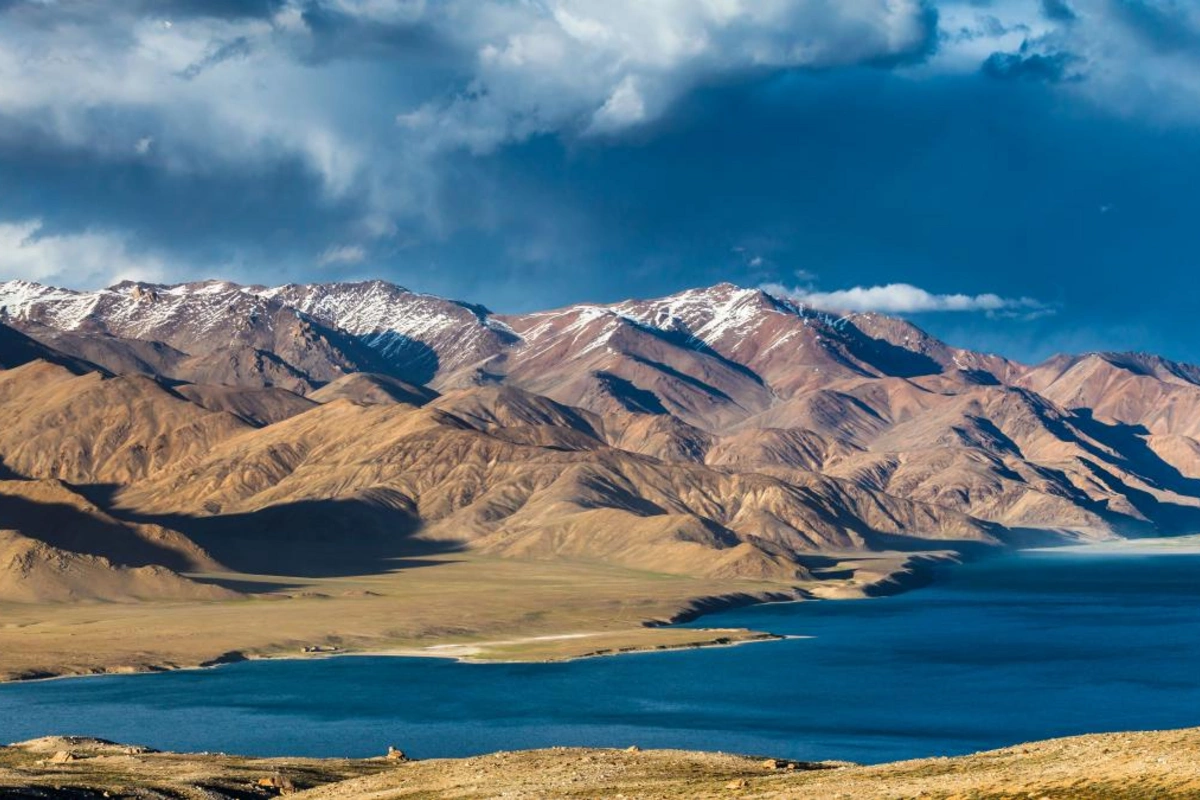
Photo: Nowak Lukasz/Shutterstock
Downstream nations in Central Asia may experience increasing water shortages due to intensive farming, climate change, and rapid population growth, according to the UN World Water Development Report 2025, Mountains and Glaciers: Water Towers, presented online on May 21.
The event was dedicated to the 50th anniversary of the UNESCO Intergovernmental Hydrological Programme and in alignment with the designation of 2025 as the International Year of Glaciers’ Preservation, The Caspian Post reports citing The Astana Times.
The online event was organized by the UNESCO Regional Office in Almaty, the Central Asian Regional Network for Capacity Building in Water Resources Management CAR@WAN, and the Cooperation for Sustainable Development of the Republic of Kazakhstan Center.
Bhanu Neupane, programme specialist at the UNESCO Division of Water Sciences, presented the key findings of the report with a focus on Kazakhstan and the Central Asian region.
“The 2025 report reminds us that the fate of mountains and glaciers is somehow intertwined with the fate of humanity. It draws attention to the urgent need to safeguard our mountains, water resources and glaciers. These are not distant environmental concerns anymore, but these are indeed existential issues,” said Neupane.
On a global scale, as the human population continues to grow, water consumption will grow as well, thereby putting an enormous burden on the environment.
“Agriculture alone consumes about 72% of the world’s fresh water, followed by industry (15%) and domestic use (13%). Over the past two decades, global freshwater withdrawals have increased by about 14%, driven primarily by rising demands and inefficient use,” said Neupane.
Unfortunately, Kazakhstan, for that matter, is not immune to these trends.
“If we look at the situation in Kazakhstan, we can say that Kazakhstan deals with its own hydrological specificities, but they are closely related to the global situation. This figure is even higher than 72% for agricultural uses in Kazakhstan. In the southern regions, water-intensive irrigation practices support weed, cotton and fruit production, while placing mounting pressure around snow and glacier-fed rivers like Syrdarya and Illi,” said Neupane.
Kazakhstan depends heavily on transboundary rivers like Irtysh, Syrdarya and Illi, which originate in the highlands of China, the Kyrgyz Republic, and Tajikistan.
“Their flow is increasingly variable due to climate-driven glacier loss and changing snowpacks. Any alteration upstream, therefore, be it climatic or infrastructural, reverberates across borders, placing regional water security under increasing strain,” said Neupane.
Central Asian glaciers
The Tian Shan range is known as the water tower of Central Asia. The Central Asian mountains are a major source of fresh water for hydropower, irrigation, drinking water and industrial production.
“While water may remain abundant, its sources, the proverbial ‘water towers,’ are increasingly fragile. Mountains and glaciers provide more than half of the world’s freshwater flows. Major rivers such as Indus, Colorado, Nile and Tigris depend on glacier melt for over 70% of their flow,” said Neupane.
In Kazakhstan, mountain and glacier melt contribute up to 90% of river flow in the south and southeast regions, particularly from the Tian Shan and Altai ranges, where glacier melt alone can reach 59% of the total flow. In contrast, central and western regions depend on limited surface and groundwater, with much lower mountain contribution.
“This stock spatial variability underscores the critical need for mountain system in sustaining downstream water availability,” he said.
As is evident from the report, glaciers are melting at an alarming rate. The Himalayas, also known as the third pole, are now melting 65% faster than in the previous decade. The report concludes that if global warming exceeds two degrees Celsius, glaciers in the Central Asian region could shrink to less than half their current volume by the year 2100.
“The Zhungar Alatau glacier area has shrunk by almost 50% since 1956. In the Alatau, feeding Almaty and Balkash basins, glacier volume has declined by over 30% since the 20th century,” said Neupane.
He highlighted the urgent need for regional cooperation and climate-resilient water governance.
“Mountains are not only water towers of the world, they are also vital food-producing landscape. Globally, 640.8 million people depend on farming for their basic survival. And in mountainous regions, this dependence is even more pronounced,” said Neupane.
Share on social media
